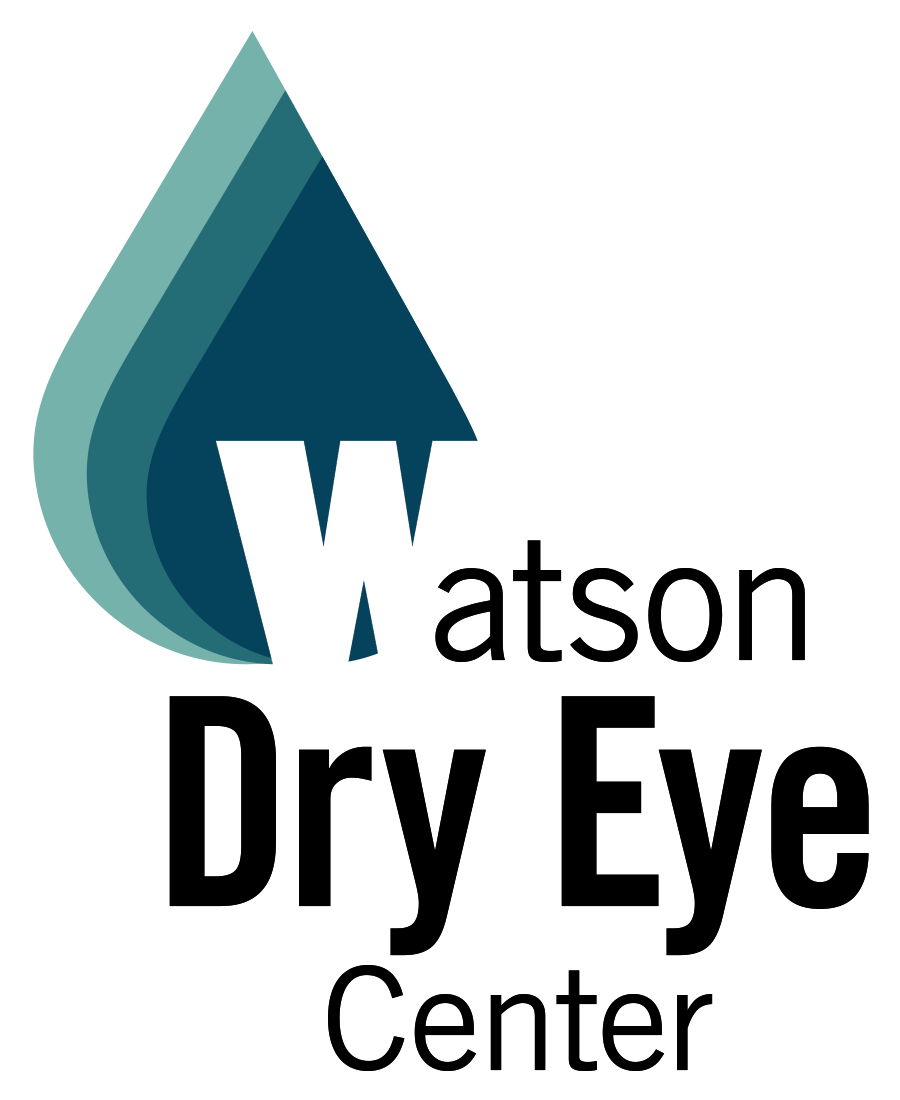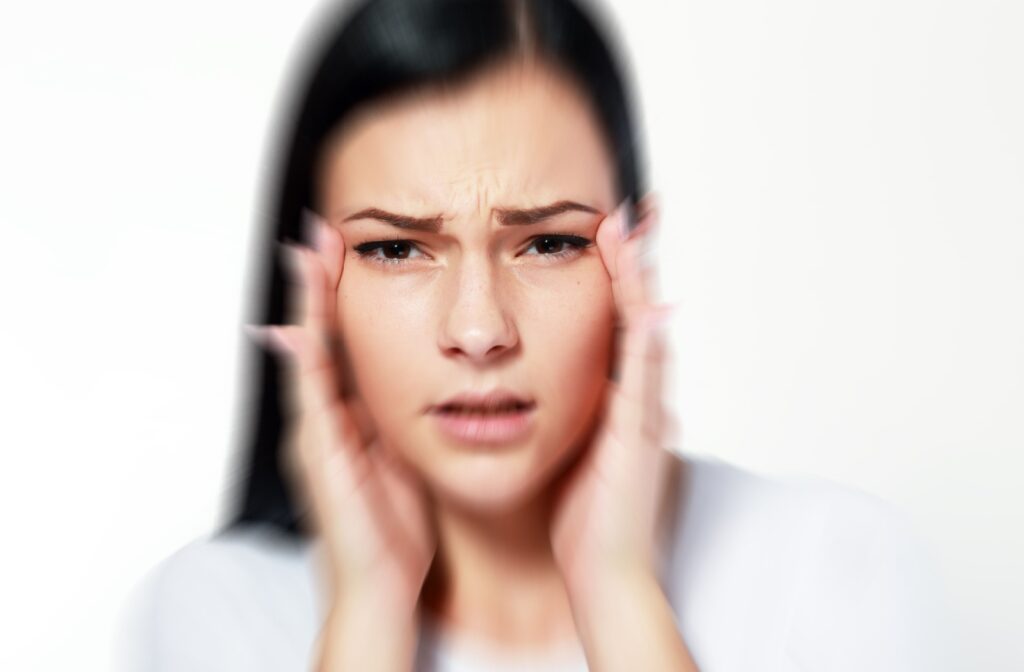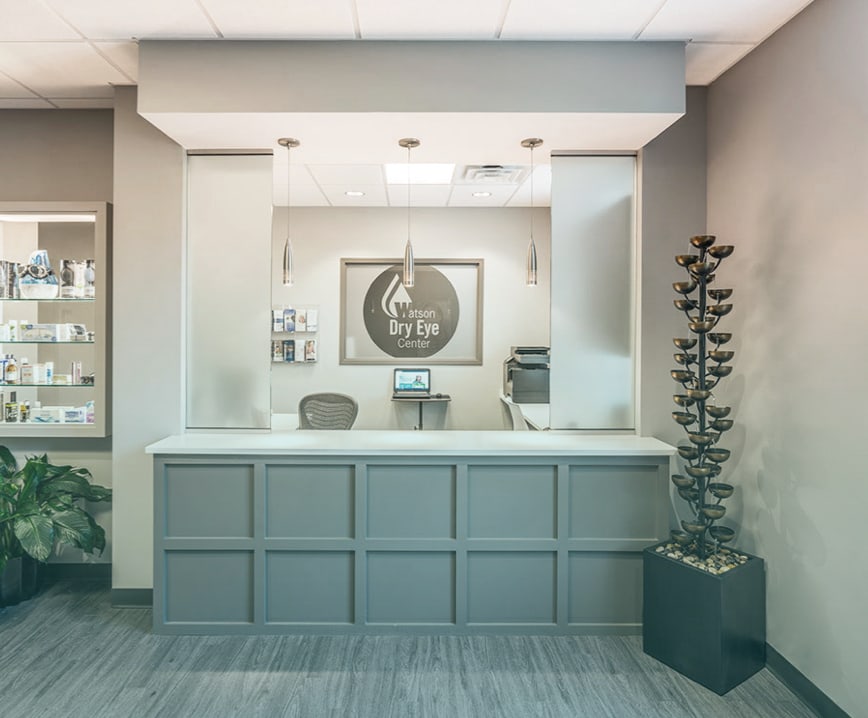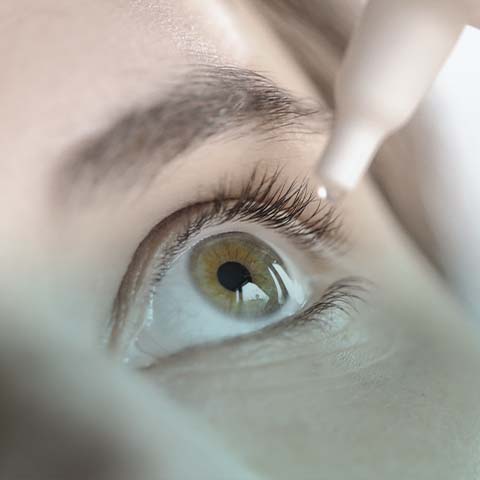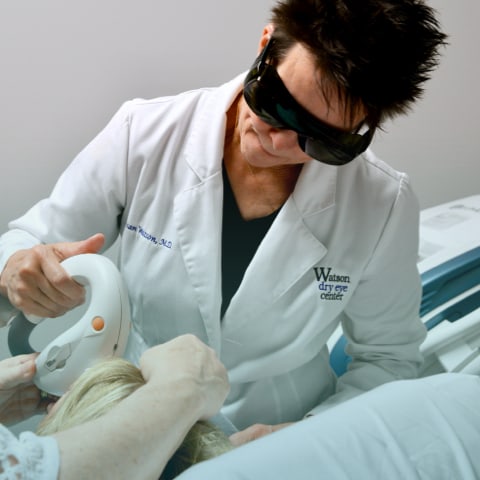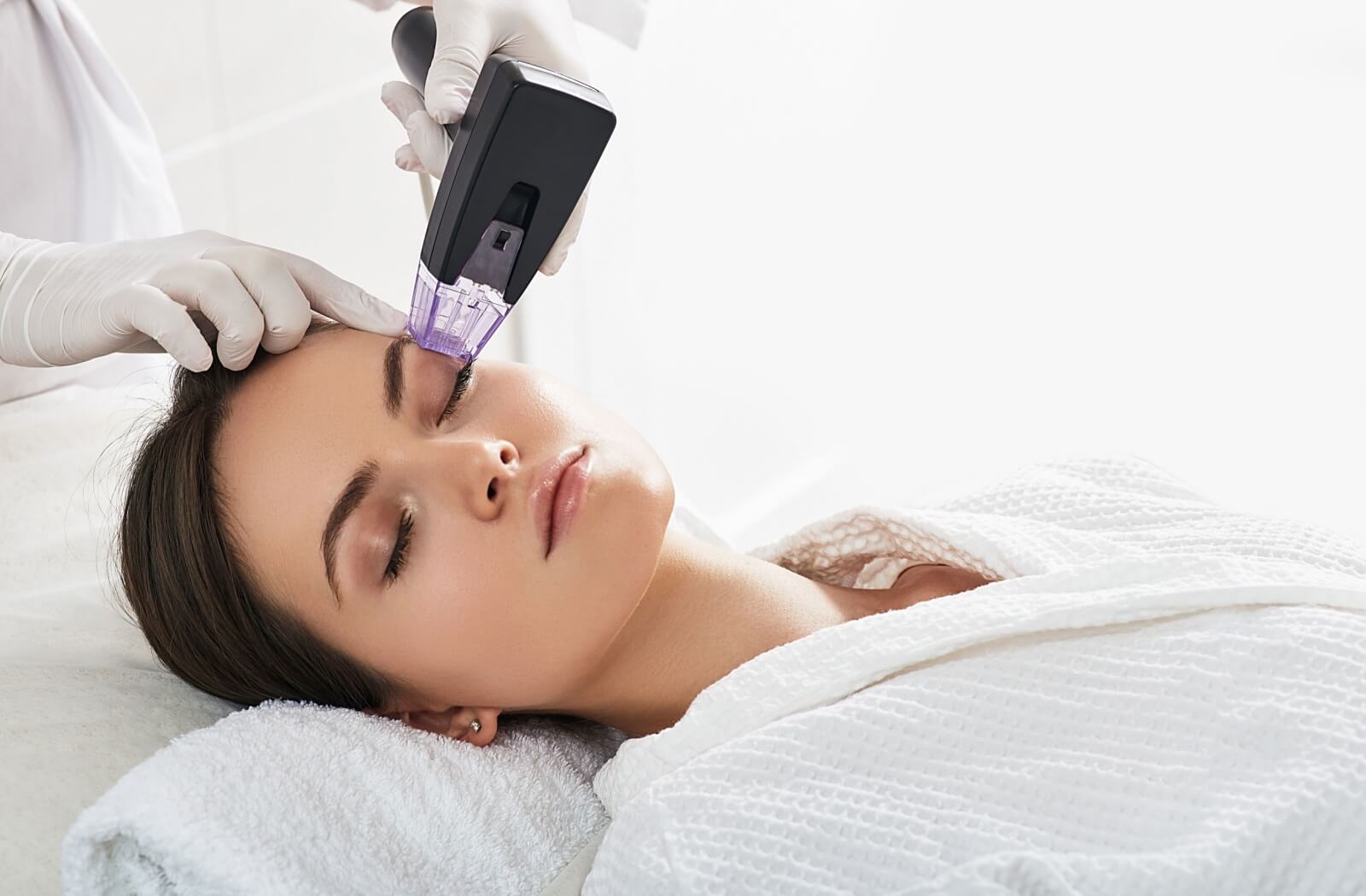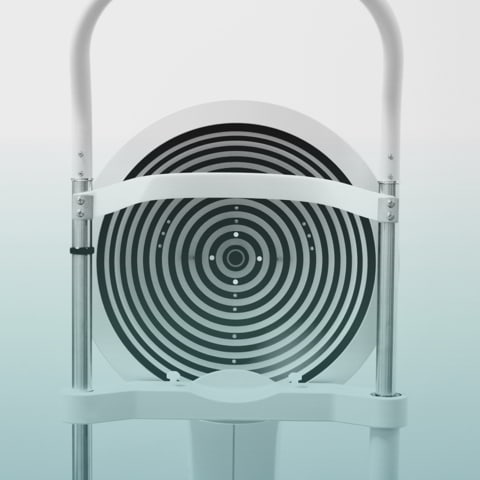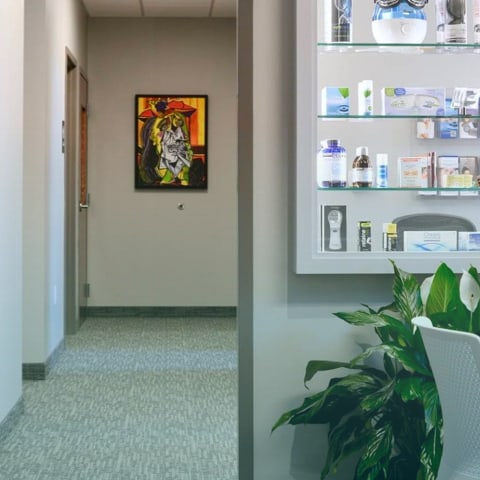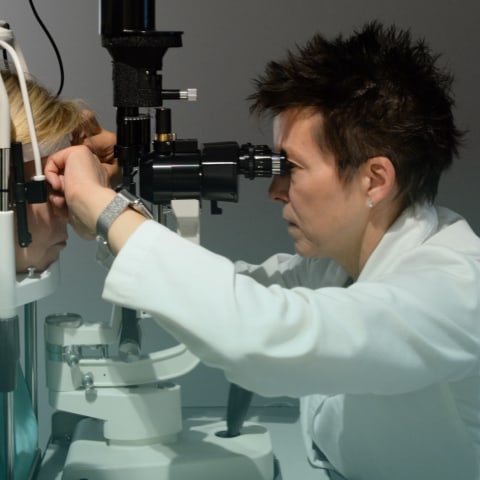Dry eye disease, also known as dry eye syndrome, is a common condition that occurs when your eyes don’t produce enough tears or when the tears evaporate too quickly. This can lead to a lack of proper lubrication, causing discomfort and even vision problems in some cases. Common symptoms of dry eyes include stinging or burning sensations, redness, sensitivity to light, and sometimes blurred vision. These symptoms can be frustrating and may interfere with your daily life.
How Dry Eyes Can Lead to Blurred Vision
The tear film is essential for clear vision, creating a smooth surface on the cornea for light to pass through. It has three layers: an oily layer that prevents tear evaporation, a watery layer that provides hydration and nutrients, and a mucous layer that helps tears spread evenly across the eye. Together, these layers protect the eyes and ensure clear vision.
When tear production or quality is insufficient, the tear film becomes unstable, disrupting vision. Low tear production can cause dry spots on the cornea, scattering light and leading to blurred or fluctuating vision. Similarly, poor tear quality, like imbalances in the layers, can prevent the film from spreading evenly or lasting long enough. These disruptions can cause discomfort and ongoing vision issues, underscoring the importance of healthy tears for eye health.
Other Causes of Blurred Vision
Blurred vision can have various causes, including dry eyes or other conditions. Identifying the cause is key for proper diagnosis and treatment. Here are some potential reasons:
- Dry eyes vs. other causes: Dry eyes can cause blurry vision due to an unstable tear film, but it’s important to check for other contributing factors.
- Eye strain and fatigue: Prolonged activities like reading or screen use can strain the eyes, causing temporary blurriness that improves with rest and better habits.
- Refractive errors: Conditions like myopia, hyperopia, or astigmatism can cause persistent blurriness, often corrected with lenses or other solutions.
- Serious conditions: Blurred vision may signal issues like cataracts, glaucoma, or retinal disorders that need prompt medical attention to prevent damage.
Common Causes of Dry Eyes
Here are some primary factors that can lead to dry eyes:
- Environmental factors: External conditions such as dry air, wind, and prolonged exposure to air conditioning or heating systems can reduce moisture in the eyes, leading to discomfort and dryness.
- Medical conditions: Certain health issues, like Sjögren’s syndrome or hormonal changes, can interfere with the body’s ability to produce adequate tears, contributing to dry eyes.
- Medications: Some medications, including antihistamines, antidepressants, and decongestants, may reduce tear production as a side effect, exacerbating dryness.
- Age-related changes : As people age, tear production naturally decreases, making older adults more susceptible to dry eyes and related symptoms.
How Is Dry Eye Diagnosed?
Eye exams are essential for accurately diagnosing dry eye. At Watson Dry Eye Center, we use advanced technology to uncover the causes and severity of the condition, ensuring personalized treatment for every patient. Our thorough diagnostic process evaluates all aspects of your eye health using state-of-the-art tools, including:
- LipiView: Assesses tear film quality and meibomian gland function, crucial for proper eye lubrication.
- Oculus Keratograph 5M: Provides detailed analysis of the ocular surface to identify dryness or irritation.
- OmegaQuant Omega-3 Index Test: Measures omega-3 levels in your blood to identify dietary factors affecting tear quality.
- Slit Lamp Examination (SLE): Allows close examination of the cornea, lens, and iris to assess overall eye health.
- Demodex Screening: Detects microscopic Demodex mites, which can cause eyelid inflammation.
- Sjö Testing: Identifies autoimmune conditions like Sjögren’s syndrome that may impact eye health.
For more information about how these diagnostic technologies help manage dry eye, visit our Diagnostics page.
Strategies to Prevent & Manage Dry Eyes and Blurred Vision
Getting an accurate diagnosis for blurred vision is key to addressing its cause effectively. Blurred vision can be due to dry eyes or other issues, so identifying the source ensures proper treatment. Here are some at-home tips to prevent and manage dry eyes and blurred vision:
- Use artificial tears or lubricating eye drops to hydrate your eyes.
- Take regular breaks from activities like reading or using screens to reduce strain.
- Blink often, especially when focused on a screen, to keep eyes moisturized.
- Limit screen time to decrease eye strain.
- Stay hydrated, as fluid intake supports tear production.
- Eat a diet rich in omega-3 fatty acids for better eye health.
- Use a humidifier to add moisture to dry air.
- Avoid irritants like smoke or strong winds that worsen dry eye symptoms.
When to Seek Professional Care
If symptoms persist despite at-home treatments or if you experience severe discomfort, it’s important to consult a specialist. Prompt professional care can prevent complications and significantly improve your quality of life. At Watson Dry Eye Center, we offer a wide range of advanced treatments tailored to your specific needs, including:
- OptiLight: A light-based treatment designed to reduce inflammation and improve tear production.
- LipiFlow: A procedure that targets blockages in the meibomian glands to enhance natural tear flow.
- TempSure Envi: A radiofrequency treatment designed to stimulate collagen production in the eyelids, enhancing their function and promoting healthier, more effective blinking.
- BlephEx: A deep-cleansing treatment for the eyelids to remove debris and bacteria that may contribute to irritation.
- Prescription Eye Drops: Medications tailored to your condition, providing relief and supporting long-term eye health.
Finding Relief with Personalized Dry Eye Treatments at Watson Dry Eye Center
Addressing dry eye symptoms early is crucial to preventing potential complications that could affect your long-term eye health. Persistent dryness, irritation, or blurred vision may escalate if left untreated, leading to chronic discomfort or even damage to the surface of your eyes. By seeking professional care promptly, you can alleviate symptoms and protect your vision.
At Watson Dry Eye Center, we specialize in diagnosing and treating dry eye with personalized care plans tailored to each patient’s needs. If you’re experiencing persistent or severe symptoms, don’t wait—schedule an appointment with us today for a comprehensive evaluation and get started on your path to relief.
